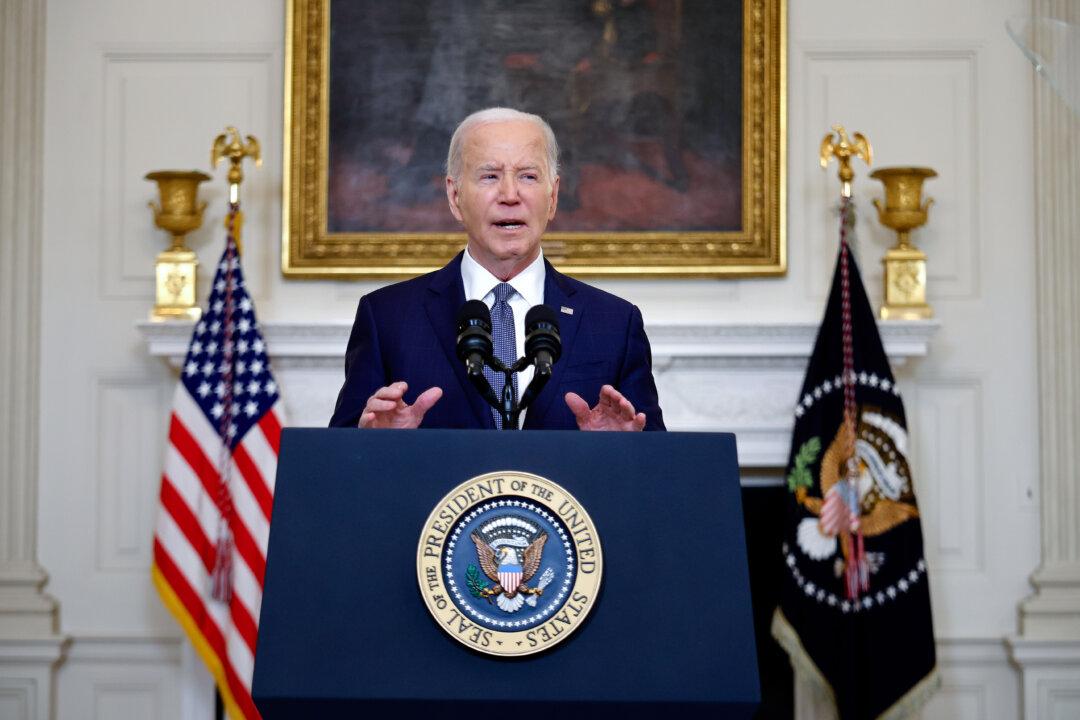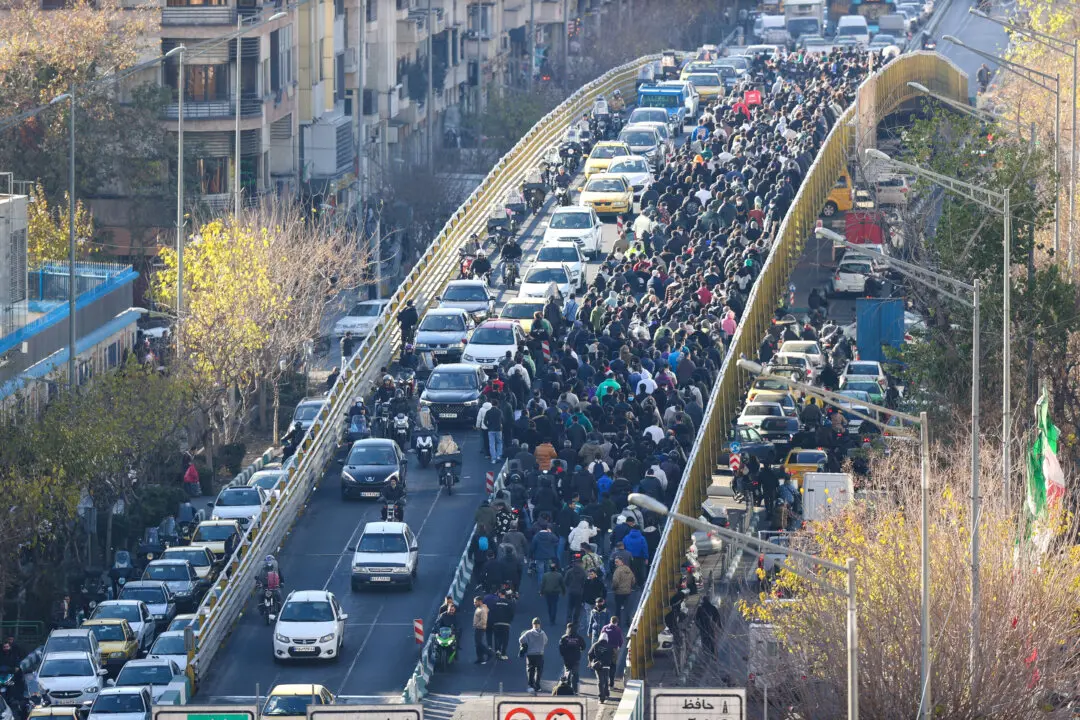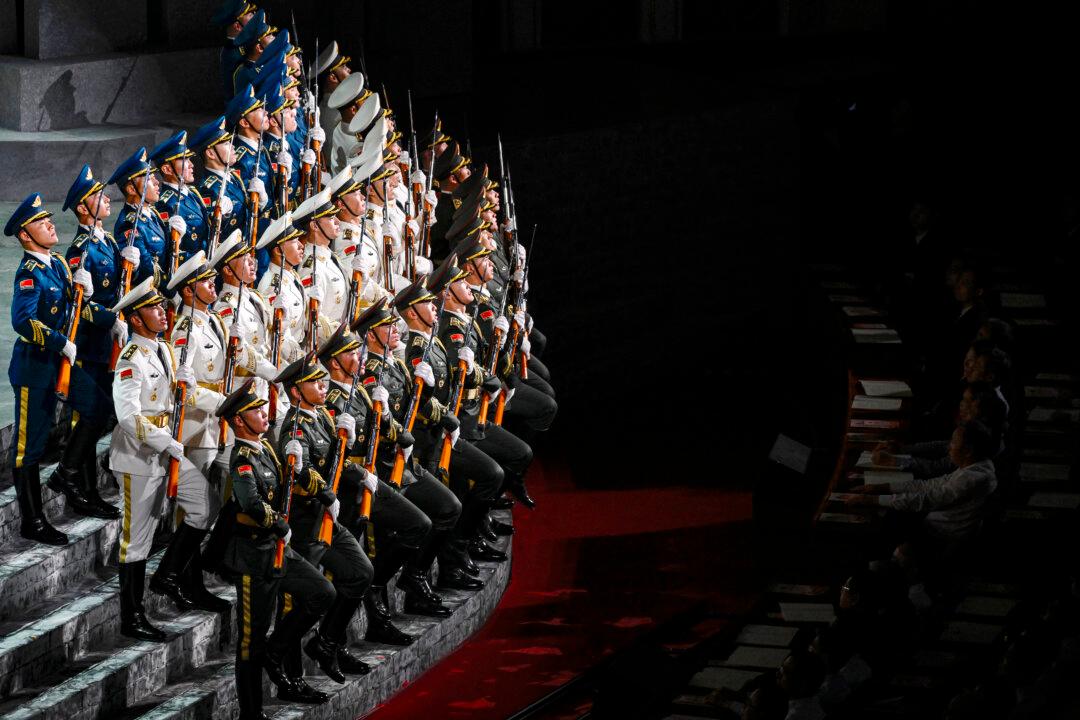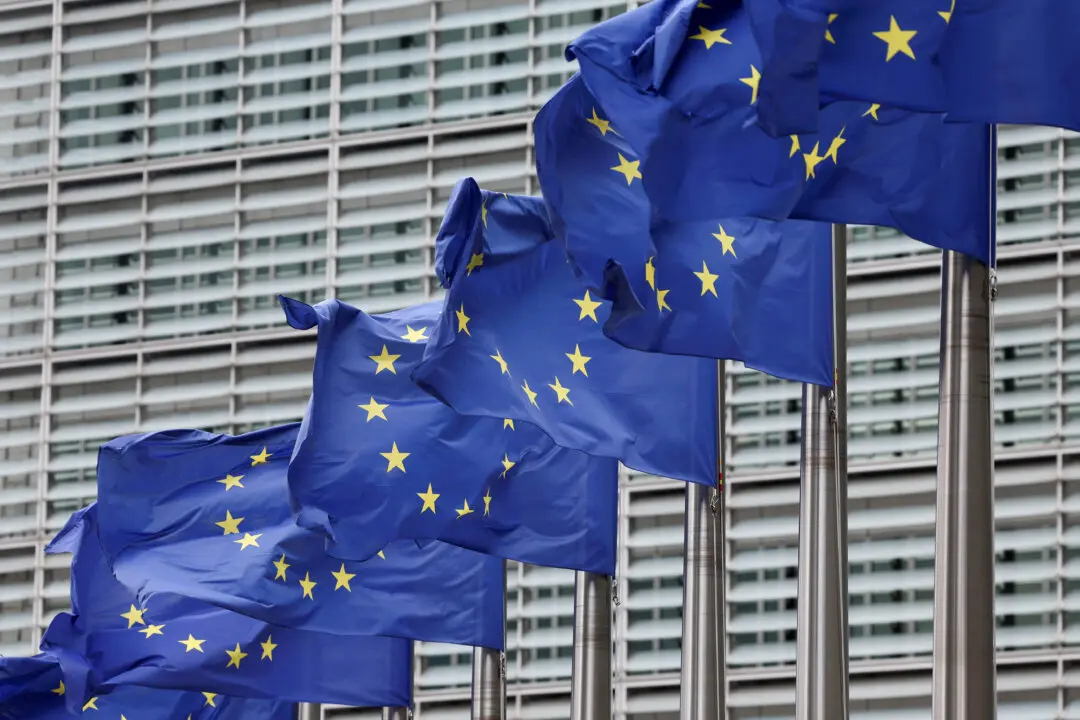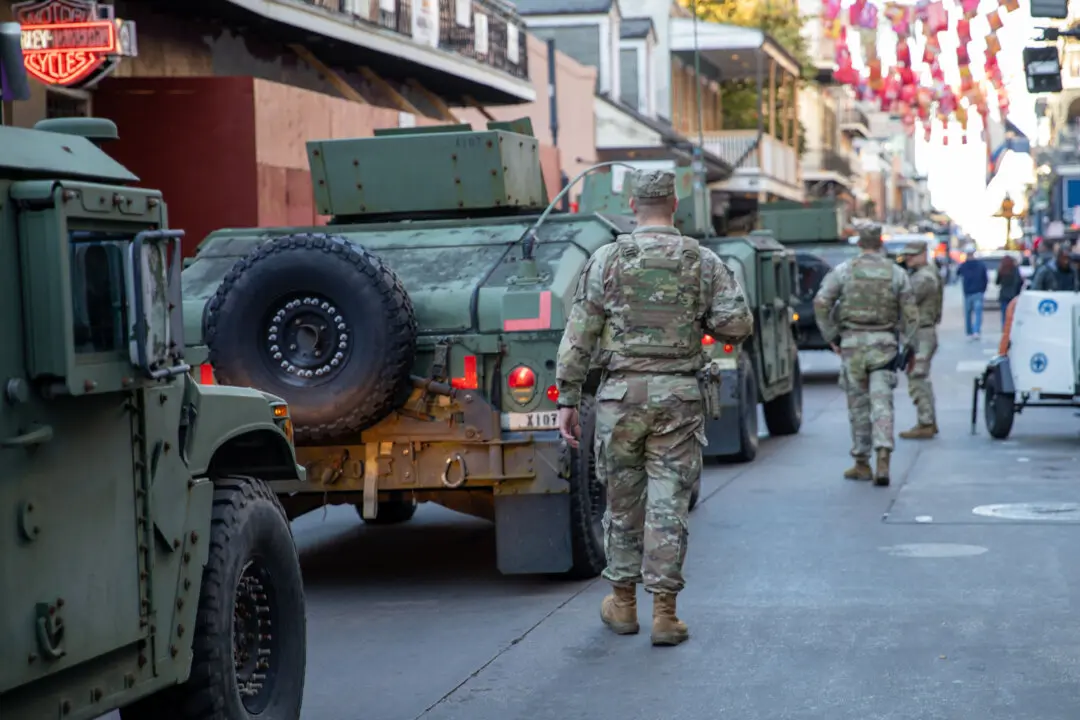President Joe Biden said on July 12 that Israeli and Hamas negotiators both have agreed to a framework for the Hamas terrorist organization to release hostages and for both sides to impose a cease-fire in the Israel–Hamas war.
President Biden said the development stems from a three-phase peace proposal that he laid out on May 31. Progress on the proposal had slowed in June after Hamas requested changes to the framework, although the Biden administration has signaled some headway in recent days.
